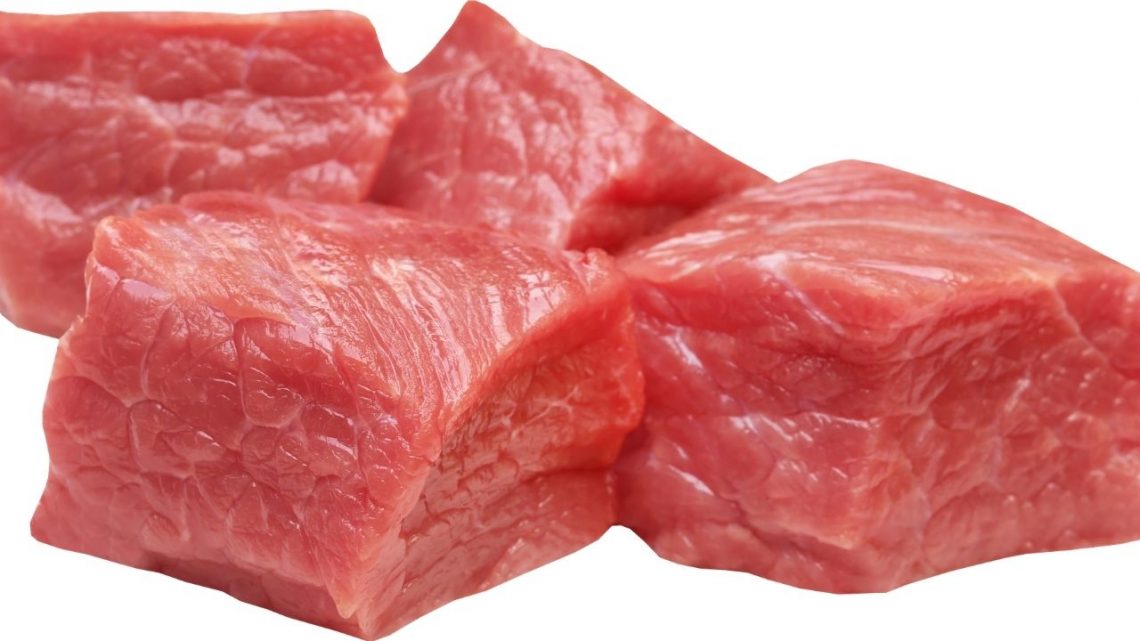The USDA grade shields are exceptionally viewed as symbols of great American beef. Quality grades are broadly utilized as a “language” within the beef industry, which speaks volumes of the meat’s quality.
Created by the United States Department of Agriculture, the beef grading system is a deliberate grading framework dependent on two factors: the maturity of the meat and how much fat marbling it has. These two components are markers of the meat’s tenderness. As a rule, beef that is given a higher grading is from younger cattle and has more fat marbling. Let’s learn more about USDA grading on beef!
What exactly is the USDA Grading of Beef?
Prime beef symbolizes meat from young and well-fed and nurtured dairy cattle. It has somewhat plentiful marbling, which is the measure of fat blended with lean meat and is, for the most part, sold in upscale cafés.
Choice beef is high-quality beef yet has less marbling than prime. It has a small measure of marbling in any event, making it the second-best grading of beef.
Select beef is uniform in quality and ordinarily less fatty than the higher grader. It is genuinely tender, but since it has less marbling, it might not have a portion of the delectableness and juiciness of the higher grades. It has, in any event, a slight measure of marbling.
Standard and Commercial grades of beef are, much of the time, sold as ungraded or as store brand meat. Utility, Cutter, and Canner grades of meat are only occasionally sold at retail. Rather, they are utilized to make ground beef or other processed products.
USDA Certified Tender or Very Tender
USDA Certified Tender or Very Tender is a marketing program that guides customers in settling on choices about which beef cuts to buy, and permits beef processors to advertise items as USDA Certified Tender or Very Tender. To be able to flaunt the Tender or Very Tender mark, wholesalers or retailers are needed to have certain beef muscles pass a slice shear force assessment that decides the tenders of the muscle and related muscles.
To get a USDA grading system on meat, producers should pay for a trained inspector to review the beef at the slaughterhouse and grade it. When the meat is graded, the producer should conform to the labeling prerequisites set by the Food Safety and Inspection Service.
Consumers are able to discover the USDA grading on the package label.
Chicago Steak Company complies with all the standards enforced by the Food Safety and Inspection Service and the United States Department of Agriculture. In fact, it is known for its finest quality USDA Prime beef, which is the top 2% of beef across the United States. Delivering the world’s finest quality beef, Chicago Steak Company renders its consumers the ULTIMATE steak experience.
Final Thoughts
Founded in 2007 as a steak retailer, Chicago Steak Company has carved its stance at the heart of high-quality American meats. Chicago Steak Company is proud of carrying the tradition of Union Stock Yards, Chicago. The company is an expert in making hand-cut, Midwest raised, USDA Prime beef, which is surely the very best steaks your money can buy. Chicago Steak Company offers four main steak categories: Premium Angus Beef, USDA Prime Wet Aged, USDA Prime Dry Aged, and American Wagyu. Alongside dry-aged USDA Prime steaks, it also offers other hand-cut steaks, chicken, pork, seafood, and desserts.
The company raises, trim, and ages their steaks by using centuries-old techniques, then vacuum-seals each individually, locking in flavor and freshness to deliver its customer absolute excellence.
The report by U.S. Dry Aging Beef Market listed Chicago Steak Company as a key player in the growing dry-aging beef industry, which indicates that by choosing Chicago Steak Company, you are choosing the best quality across the nation.


